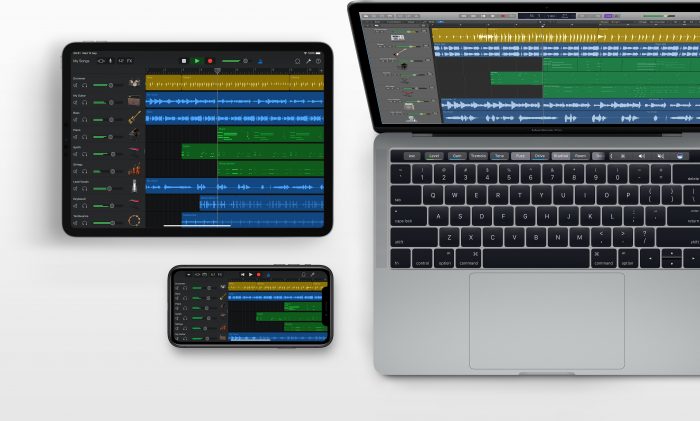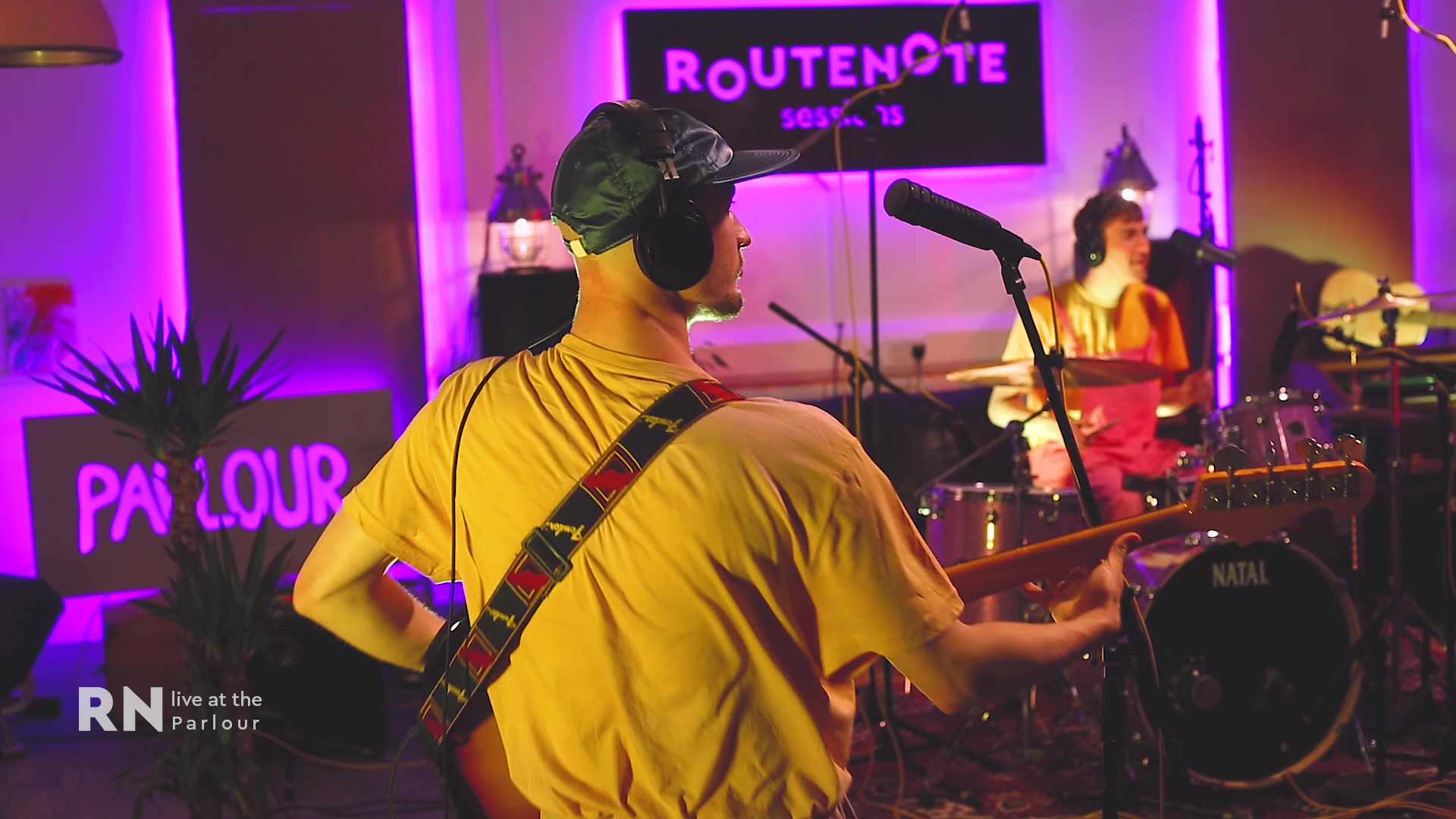6 best DAWs for recording a rock band (2021)
What’s the best music software for recording bands? Check out our guide to the best DAWs for recording live instruments.
All those hours of band practise have paid off and your songs are ready to record. There’s no need to pay for studio time – all you need is a good home set up, and a DAW to record your instruments.
Whether you’re a solo musician planning to record all the live instruments yourself, or a band ready to get your debut EP down for release, which music software to use for recording is a bamboozling question. It’s both a matter of personal preference, and slightly dependent on what style of music you’re playing.
As an indie rock band for example requires the recording of live guitars, bass, drums and so on, the DAW needs to have audio tracking capabilities and a smooth workflow to make recording effortless. Pretty much all DAWs have the capability for live instrument tracking, and most musicians find they can make any DAW work for whatever purpose they need.
However, some digital audio workstations were developed with electronic music in mind, rather than recording and editing live band instruments for genres like rock music, and their audio editing tools are simplified as a result. Loop and sample-based DAWs include FL Studio and Ableton. That’s not to say you can’t use them for recording a band – except the “Fruity” edition of FL Studio, which doesn’t allow audio recording – but it’s just all about making the process as efficient as possible. Recording live can feel nerve-wracking for the performer, so you don’t want to spend ages messing around getting the software set up.
A good beginner DAW for recording a band needs simple audio editing tools. That’s tools to cut up, trim and fade recordings. It’s also good to look out for plugin compatibility, such as amp and effect plugin capabilities. Number of tracks are also a factor, as some more basic versions or free DAWs have a limit.
Let’s explore some of the top options for the best DAWs for recording live instruments and recording your band.
Reaper
An affordable and powerful DAW. It’s easy interface and great audio editing tools are a tempting bonus. Individual track mixing is a breeze.
Reaper’s price, only $60 for the complete full version, means it’s a great starting point for beginners looking to record their band, or a multi-instrumentalist just starting out with music software. Bonus – you can also try it for free.
PreSonus Studio One
Developed to be used mainly for audio, Studio One is built for recording live instruments. As such it makes recording a breeze, and offers a dazzling array of audio editing tools. It’s also especially good for solo musicians, with intuitive composing tools included. It has a fully-featured set of virtual pedals and amplifiers and unlimited tracks.
It offers easy-to-use but powerful tools beyond just hitting record, too. You may think you don’t need all the bells and whistles or digital elements like extensive MIDI-editing capabilities, but who knows where your music-making might take you in the future. Just something to bear in mind.
Cons:
- The full professional DAW is an expensive commitment, but versions start from the free Prime software upwards
GarageBand

If you’re looking for a way to get your music digitally recorded quickly and you have a Mac, don’t let the snobs put you off the surprisingly versatile GarageBand. It’s a free DAW that comes with Apple products, including on mobile.
When you don’t have the time or energy to invest into learning the ins and outs of a full professional DAW, you’re not bothered about getting a professional quality result or as a band you just want to hear how your first song sounds, GarageBand might be all you need.
Cons:
- Only basic capabilities
- Only supports AU plugins
- Only on Mac
Steinberg Cubase
Cubase is a popular choice for bands and multi-instrumentalists. The music software was built for recording live instruments, with extensive audio editing and recording tools. It’s also a great DAW for beginners, with its easy to navigate workflow.
Cons:
- Pro version is expensive. Elements starts at $89
Logic Pro X
Apple’s Logic Pro X is the grown-up version of GarageBand. Its live recording abilities are very accessible for beginners. With take management you can overdub a tricky part of a track with a couple of clicks, or use Varispeed recording to playback at a slower pace, for practise until you’ve nailed that section of your song.
The DAW also comes pre-loaded with decent amp simulators and effects.
Cons:
- Passable audio editing capability
- Only supports AU plugins
- Only available on Mac
AVID Pro Tools
The traditional studio-standard professional DAW, which professionals swear by as the best for recording live instruments and bands. It has detailed audio editing, and if you’re sending your tracks over to a professional studio that also uses Pro Tools it makes the process super-simple.
Cons:
- The price might make your eyes water (Subscriptions start at $30 a month)
- Challenging layout for the beginner with a steep learning curve
- Dated interface
- Limited plugin capability – only compatible with AAX format plugins
If you’re serious about spending a lot of time in a digital audio workstation, outside of simply quickly getting your band’s instrumental parts recorded, it’s worth investing in a professional DAW. A good option is to download free trials of DAWs before you commit to buying any music software.
Happy researching. It’s never been easier to get your songs recorded to a professional standard – and you can do it all yourself from home.
